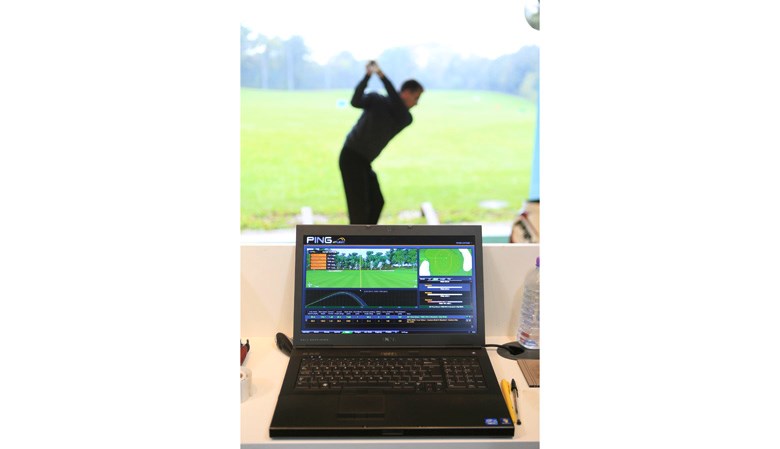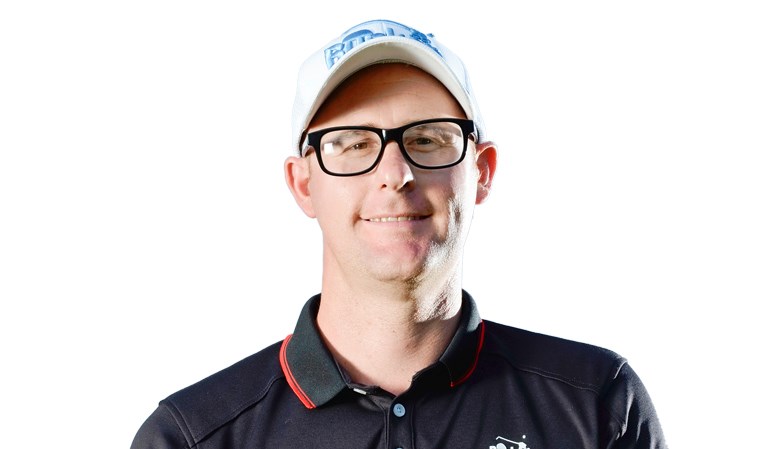Time for new golf gear
Last updated:
Buying a new set of clubs has never been easy and with so many models out there, your brain can get frazzled before you’ve even started. But if I was in the market for a new bag or irons, or a driver, here’s how I’d go about it.
First of all, do your research. Read Today’s Golfer, go online, ask your playing partners – get an idea of the kind of clubs you’re after. Think of what you want – more distance, a higher flight, more forgiveness etc. Assuming you want the best clubs for your game, your next port of call should be a custom-fitting session.
The sole fitters alone won’t like me saying this, but I would say try to use a fitter with a launch monitor who uses it for teaching as well as fitting. This is because often, it’s better to spend 20 minutes working on a significant fault that will really hold you back before getting fitted for new clubs. Otherwise, you’re getting clubs that reinforce that fault and your dream of playing better won’t become a reality. I see it as a club education, rather than a fit.
Many people are worried about getting fitted and then improving because they don’t want to have to fork out for new clubs again to match their new swing. But in the space of the year, it’s unlikely your swing will change that much and if you are playing well and winning comps, there’s a good chance your stash of pro shop vouchers can be put towards your next set!
Once you’ve got your specs, it doesn’t necessarily matter where you buy them – it depends how much allegiance you’ve got to the fitter. If you get a good service, you’ll feel obliged to buy through them, especially if they haven’t charged for the fitting. Remember that most pro shops around the country will match an online price so it’s not usually a case of going online to get a better deal.
Do you try and save some cash by opting for used clubs? It’s a good option. If you’re a budget buyer you can get good deals but, you might not be able to get fitted clubs to your spec, which has its obvious limitations, so look for clubs close to your spec.
It’s not always the case that the more you spend, the better clubs you’ll get for your game. You need to be more open-minded. Even if money is no option, it doesn’t necessarily mean you should buy the most expensive gear. Try as many as you can with different price points. You’ll have a brief – I want to hit it higher, further, lower etc and a good fitter will instantly narrow down to a handful of brands with a club that will help you most. Then it’s down to you.
Beware of forking out extra cash for custom shaft options. Only consistent ball-strikers will truly see a benefit. The strike will affect spin, carry and distance 95 per cent more than a shaft will, and a good fitter will know this. From the bottom to the top of the clubface, spin can change by up to 1,000rpm, and most amateur golfers will use all this area. An after-market shaft will help some get more from their driver, but a change in attack angle will generally be more effective.
How to spot a good fitter
1 A good fitter will use a reputable launch monitor and understand how to use it. By that, I mean they will use it to change swings as well as club specs.
2 They will first establish goals from you – find out what they are and whether they’re realistic for you.
3 They will find out what you know and don’t know about your clubs and your swing, so they can pitch the right level of detail to you. You shouldn’t feel bamboozled with technological jargon.
4 A good fitter will work towards achieving those goals and empower you to know that the fact you like the look/feel of a club is enough. They’ll present the facts, but you have the final say.
5 Unless you have a particular brand in mind, go to an independent fitter who won’t steer you towards one brand. They should have a good array of equipment for you to try from a variety of manufacturers.



